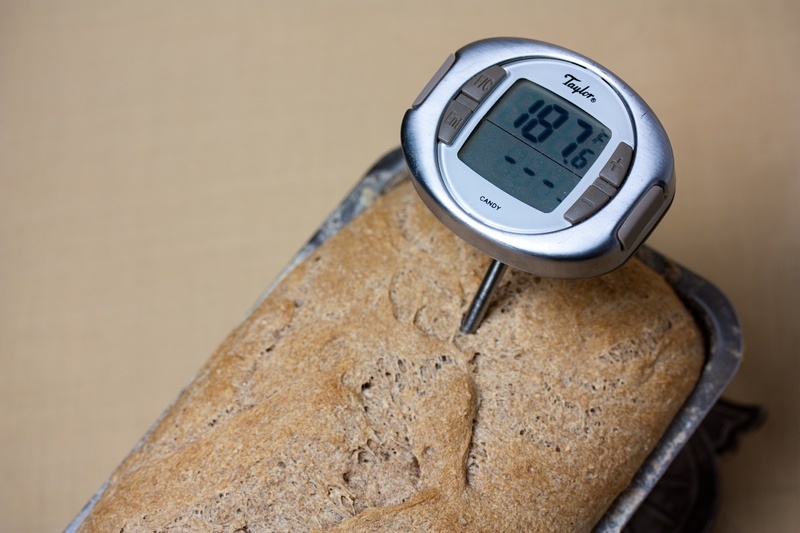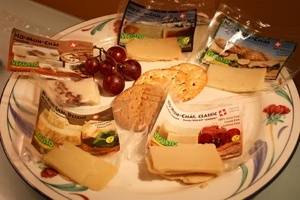How To Tell When Bread is Done Baking
0
Comments (5)

The art of bread baking relies on mastering several techniques at the same time. These techniques are crucial to baking bread that has both a good texture and flavor. In order to help us understand this we need to realize that one of these techniques; the baking, consists of three things: The caramelizing of the sugars, the roasting of the proteins and the gelatinization of the starches all contained within the flour. Temperature, oven placement and baking time have everything to do with how much these effects occur in our bread and it vastly effects the outcome. Bread baked too much will have a dry, burnt feel as the proteins, starches and sugars burn. Bread baked too little will lack flavor due to the proteins not being roasted enough and the sugars not being caramelized sufficiently. It can also inhibit a yeasty, grainy flavor due to the alcohol from the yeast not being cooked off and the starch crystals not getting gelatinized enough.
As I've traveled through my bread baking journey I've often been confused by how to tell exactly when bread is done baking. Many recipes say to check for doneness by tapping the bottom with a blunt object like a rolling pin and I've always found this method to be about as precise as throwing the rolling pin over my shoulder, moonwalking across the kitchen floor and reciting the alphabet backwards. There has to be a better way. How did this the tap method ever become the tried and true way to check for bread baking doneness?
Find Low-sugar recipes on Veganbaking.net
Optimal Internal Baking Temperature for Bread
Thankfully there is a better way. Bread's proteins, sugars and starches all do their job at a specific temperature depending on the type of bread you're baking. If you have a $10 thermometer you already have the capability to take nearly all of the guesswork out of bread baking time.Internal Baking Temperature for Enriched Breads
Soft enriched breads consist of breads enriched with ingredients that enhance flavor or texture. Examples are focaccia, challah and sandwich bread. Enriched breads often contain fats like margarine, sweeteners like maple, and sometimes dough conditioners or binders such as flax meal. Since the flavor of these breads rely heavily on the enriching ingredients instead of the flour itself, they're usually best baked to an internal temperature of in between 180-190F (82-88C).Internal Baking Temperature for Hearth Breads
Crusty dense hearth breads such as French bread or sourdough usually don't rely on flavor and texture enhancers; these breads rely on the yeast's activity on the flour itself to develop flavors. These types of breads are usually baked at higher temperatures as well. Since extracting optimal flavor from the flour is of the utmost importance in these types of breads, they're usually baked to a higher internal temperature of between 200-210F (93-99C).To measure the temperature of your bread quickly remove it from the oven. If your bread is in a bread mold insert the thermometer into the top middle of the bread so the tip is in the very center. Hold the thermometer in place so your bread isn't damaged by the thermometer; remember that the interior of your bread is in a gelatinous state at this time and highly vulnerable to disturbance. Keep holding the thermometer in place until the temperature stops rising which should be a couple minutes. Return the bread back into the oven if the optimal temperature hasn't been reached.
If you're measuring the temperature of a crusty hearth bread, remove it from the oven and keep your oven mitts on while you lift the bread up and insert the thermometer into the middle of the underside. This will ensure that you don't leave a hole marring the top crust, causing people to speculate that it may be a marshmallow fluff fill hole.
Once you've mastered this simple bread baking technique your bread will bake to perfection almost every time with optimum flavor, you'll never have to worry about burning your bread again and crazy kitchen antics will become a thing of the past. But I won't tell if you do the occasional kitchen floor moonwalk anyway just for fun.






